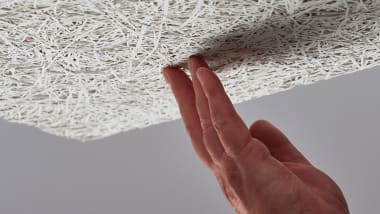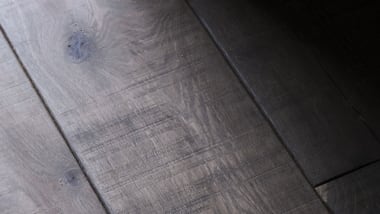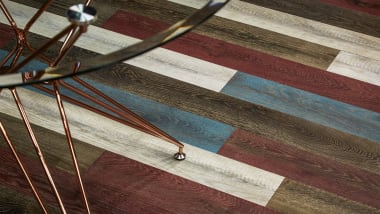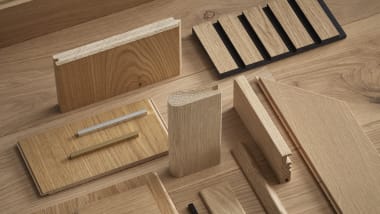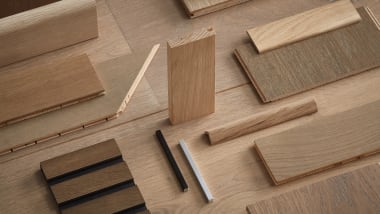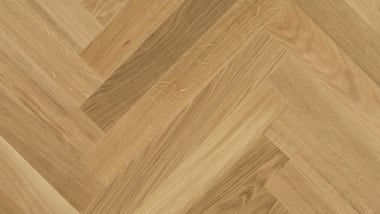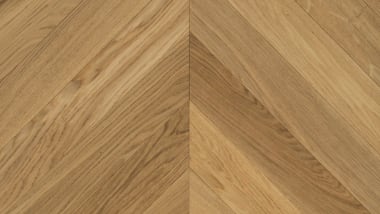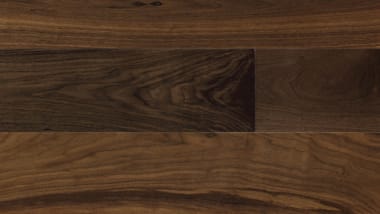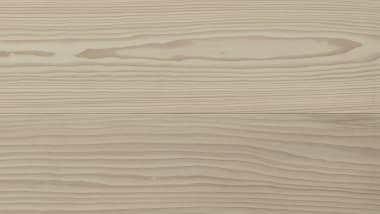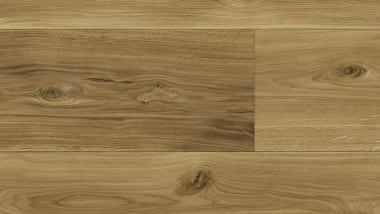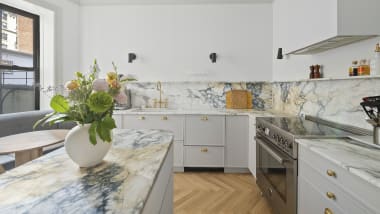Is Wood Flooring a Good Option For Restaurants and Bars?
24 May 2023
Selecting the right floor for your restaurant might seem like a straightforward decision, but in reality, there are many factors to consider when selecting the best option for your establishment.
Like any space, there will be differences in how each area is used - think high foot traffic areas and wet areas- so, selecting the right flooring material will affect how well it functions. Other considerations include maintenance, installation costs and of course longevity.
To help, we will explore the different options for restaurant flooring , highlighting the key aspects of making an informed decision for your establishment.
Functionality and Performance
Solid hardwood flooring is known for its durability and classic appearance, making it a popular choice for dining rooms and other areas with heavy footfall. Another advantage is it can be sanded and refinished multiple times, allowing for easy maintenance and durability. However, solid hardwood may not be suitable in areas that have high humidity or moisture.
Engineered wood is another viable option as the boards consist of more than one layer, providing greater stability and resistance to moisture compared to solid hardwood flooring. Engineered wood floors can confidently be placed in areas with fluctuating humidity levels, such as kitchens and bars. Additionally, it can handle scratches, dings, and foot traffic, making it a durable option for commercial settings.

In addition to solid and engineered wood flooring, a textured wood finish is another option worth considering. Textured wood flooring provides a unique, weathered look with character. Due to its distressed appearance, it can help cover up damage that can be caused during the operation of the restaurant.
Ultimately, the best wood flooring option for a restaurant will depend on many factors such as the specific needs, budget, and aesthetic preferences of the establishment, as well as the area where the flooring will be installed, and the level of foot traffic expected. Consulting with a wood floor product specialist and considering all relevant factors can help to make an informed decision.

Design Considerations of Commercial Wood Floors
If you are operating an elegant and high-end restaurant, opt for premium wood with deep, dark, rich tones such as a smoked oak finish or walnut. These woods can increase the mood of intimacy and sophistication that customers feel. Creating an overall elegant atmosphere that resonates with fine dining.
If you offer a more casual dining experience, consider lighter wood colors for your dining room and bar areas. Lighter woods such as oak or maple can create a more inviting and relaxed ambiance, appealing to customers looking for a more casual and laid-back atmosphere.
For restaurants with a coastal or rustic theme, consider using textured wood flooring. This type of wood can add character and charm to the space, evoking a sense of nostalgia and authenticity complementing the rustic theme of the restaurant.
When selecting wood flooring that aligns with the ambiance and theme of your restaurant, you can elevate the overall aesthetic of your establishment, create a memorable dining experience for your customers, and reflect the sophisticated atmosphere that fine dining establishments are known for.
Care and Maintenance
Although wood flooring can often withstand a fair amount of abuse in restaurant settings, proper care and maintenance are essential to retaining its beauty and strength. Applying the right finish will add properties to the wood floor so that it’s more water-resistant, stain resistant and durable.
There are many types of finishes out on the market. Selecting the right one for your flooring depends on the type of wood you select for your restaurant.
Some finishes, such as lacquers, will sit on the surface like an extra layer of protection, withstanding heavy foot traffic and dropped objects. To maintain the original beauty of the wood and smooth out any scratches, re-sanding and refinishing are advised.
Always consider the long-term maintenance and care for your floors. Then you can lessen the likelihood of damage that will require more costly repairs.
Installation
The installation of engineered wood flooring is quicker and simpler, unlike solid wood flooring, engineered planks are available pre-finished. This reduces installation time and cost, as lacquer or oil does not need to be applied on-site.
Engineered hardwood flooring is available with a tongue and groove or a click system profile install system, which allows for fast and easy installation. Both tongue and groove or click-system profiles allow for glued-down or floating installation methods, however conditions do apply - always check with your consultant to ensure your selected product is suitable for your intended installation method and application.
Solid wood flooring may only be installed using a nail down method and needs to be sanded and finished on the site after installation.
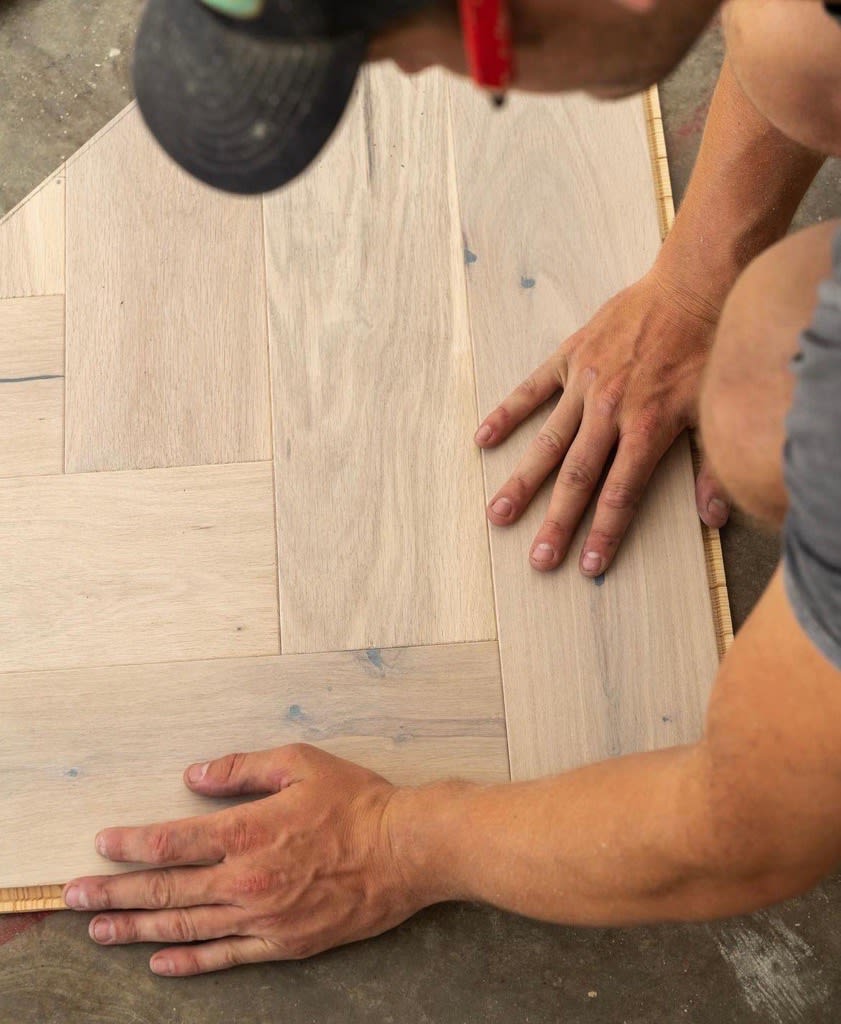

See it in real life
It's time to choose your free samples or find a Havwoods showroom near you, where our experienced team will help answer any additional questions as well as pull wood floor panels that will fit your needs.



